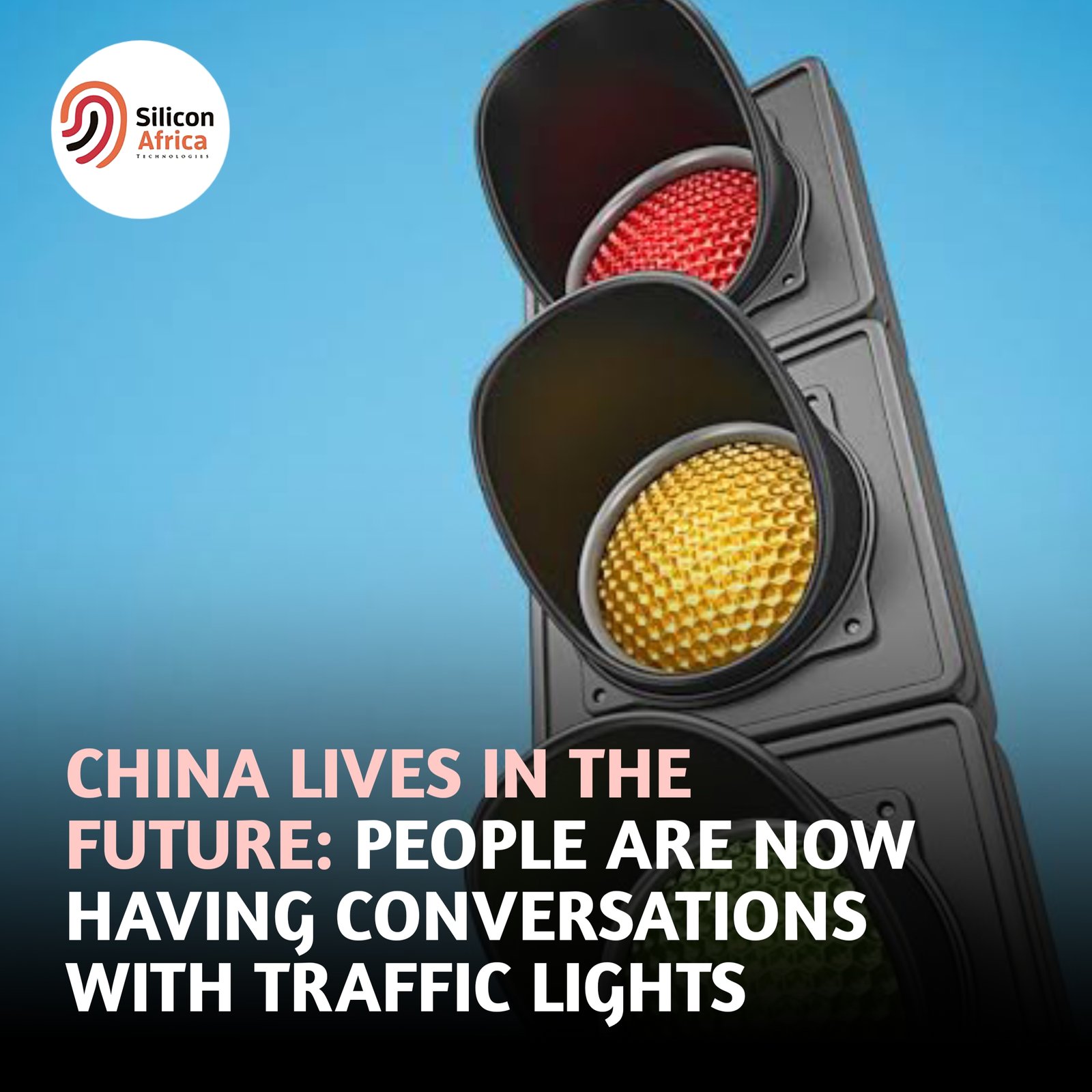Physical Address
60 Ekwema Cres, Layout 460281, Imo
Physical Address
60 Ekwema Cres, Layout 460281, Imo

In a groundbreaking development, China is now witnessing new technology trends where people are having conversations with traffic lights. A video shared on Twitter by ShanghaiPanda shows a traffic light in China that responds to people’s questions.
While it is unclear how widespread this technology is, it is an interesting development in the use of technology in everyday life. In China, the future of traffic isn’t just sleek self-driving cars, it’s the ability to chat with the very infrastructure controlling them.
Forget the stoic red, yellow, and green. These next-gen traffic lights are equipped with voice recognition and synthesis, transforming them from silent regulators to friendly guides. Imagine strolling across a crosswalk, only to hear a soothing voice inform you the light will change in 15 seconds, or a cyclist receiving a gentle reminder to use the designated lane. This isn’t a sci-fi movie; it’s happening right now.
Shenzhen, a tech hub brimming with innovation, was the first to implement these conversational lights. The technology uses facial recognition and advanced algorithms to identify pedestrians and adjust its communication accordingly. Children hear playful reminders, while busy professionals receive concise updates on traffic flow. The response has been overwhelmingly positive, with people reporting increased peace of mind and a newfound sense of connection with the urban landscape.
The benefits extend beyond mere pleasantries. The lights gather real-time data on pedestrian and cyclist behavior, allowing them to dynamically adjust timing and prioritize emergency vehicles. This has led to significant improvements in traffic flow and pedestrian safety, setting a benchmark for other cities to follow.
This development is part of a wider trend in China of integrating AI into everyday life. From facial recognition-powered payments to AI-powered assistants managing homes, China is at the forefront of this technological revolution. The conversational traffic lights are just another step in this direction, blurring the lines between human and machine interaction.
China has been at the forefront of using technology to improve traffic management. In 2019, it was reported that cars in China know when traffic lights turn green. Additionally, China has been exploring the use of a traffic-light system to help end environmentally harmful overseas investments. The system uses a color code to draw attention to necessary changes or conversations.
However, some concerns remain. Privacy advocates are questioning the data collection capabilities of these lights, while others worry about the potential for technical glitches or misinterpretations. Despite these concerns, the overall sentiment is one of excitement and cautious optimism.
As China continues to lead the charge in new technology trends, the world watches with fascination. The ability to have conversations with traffic lights may seem like a quirky novelty, but it represents a significant shift in the way we interact with our surroundings. The future of transportation, it seems, might just involve a friendly chat with the very machines that move us around.